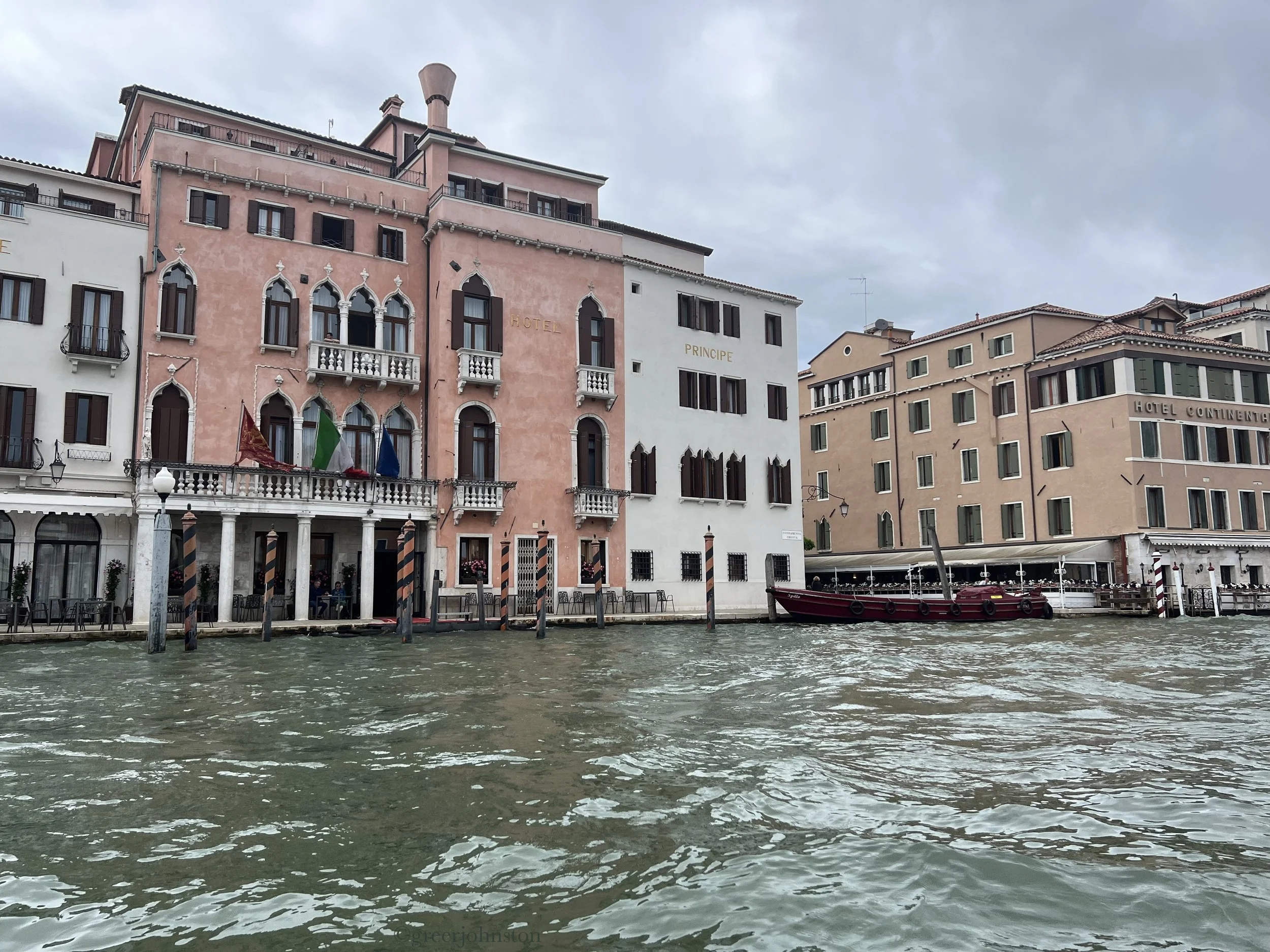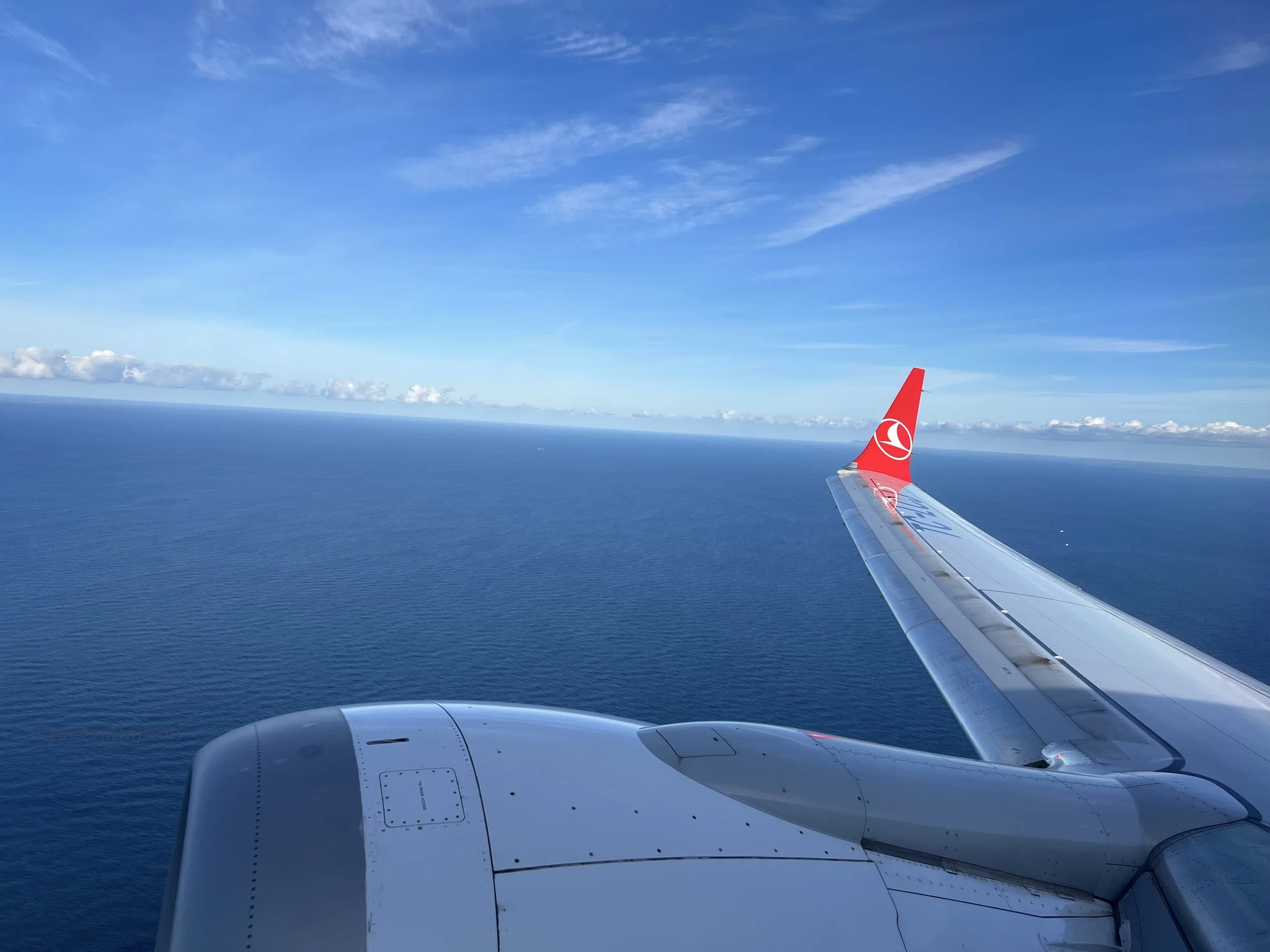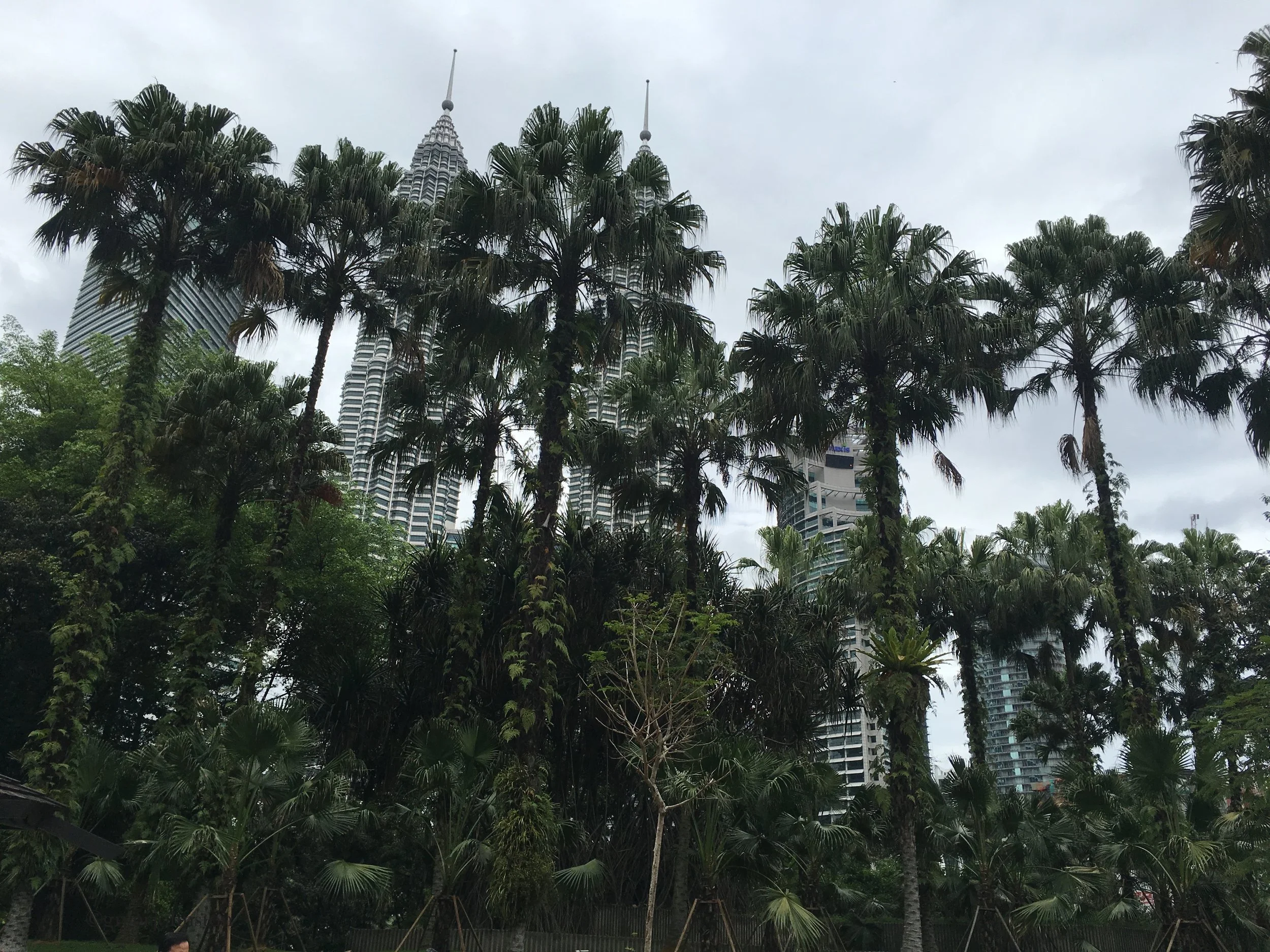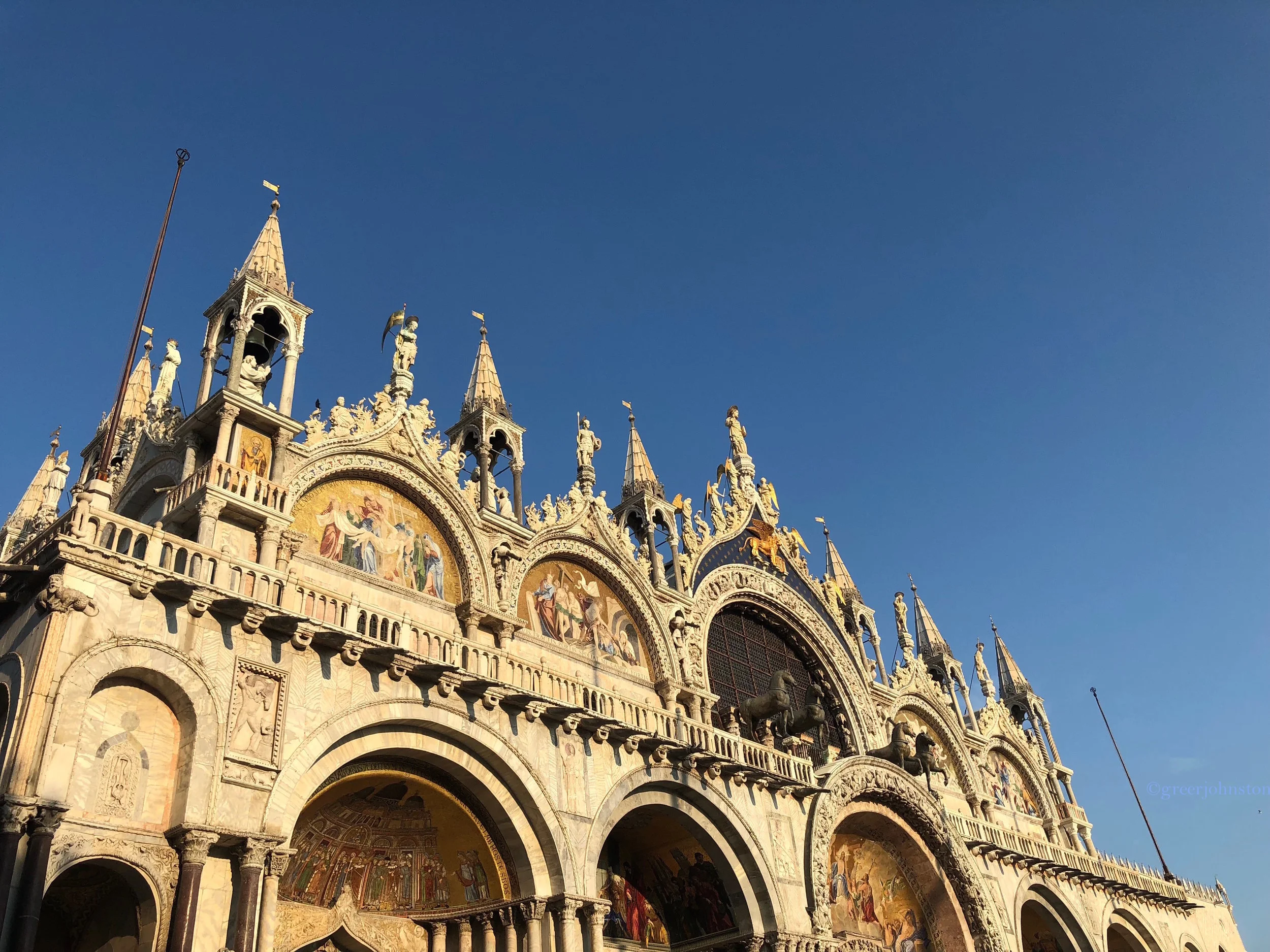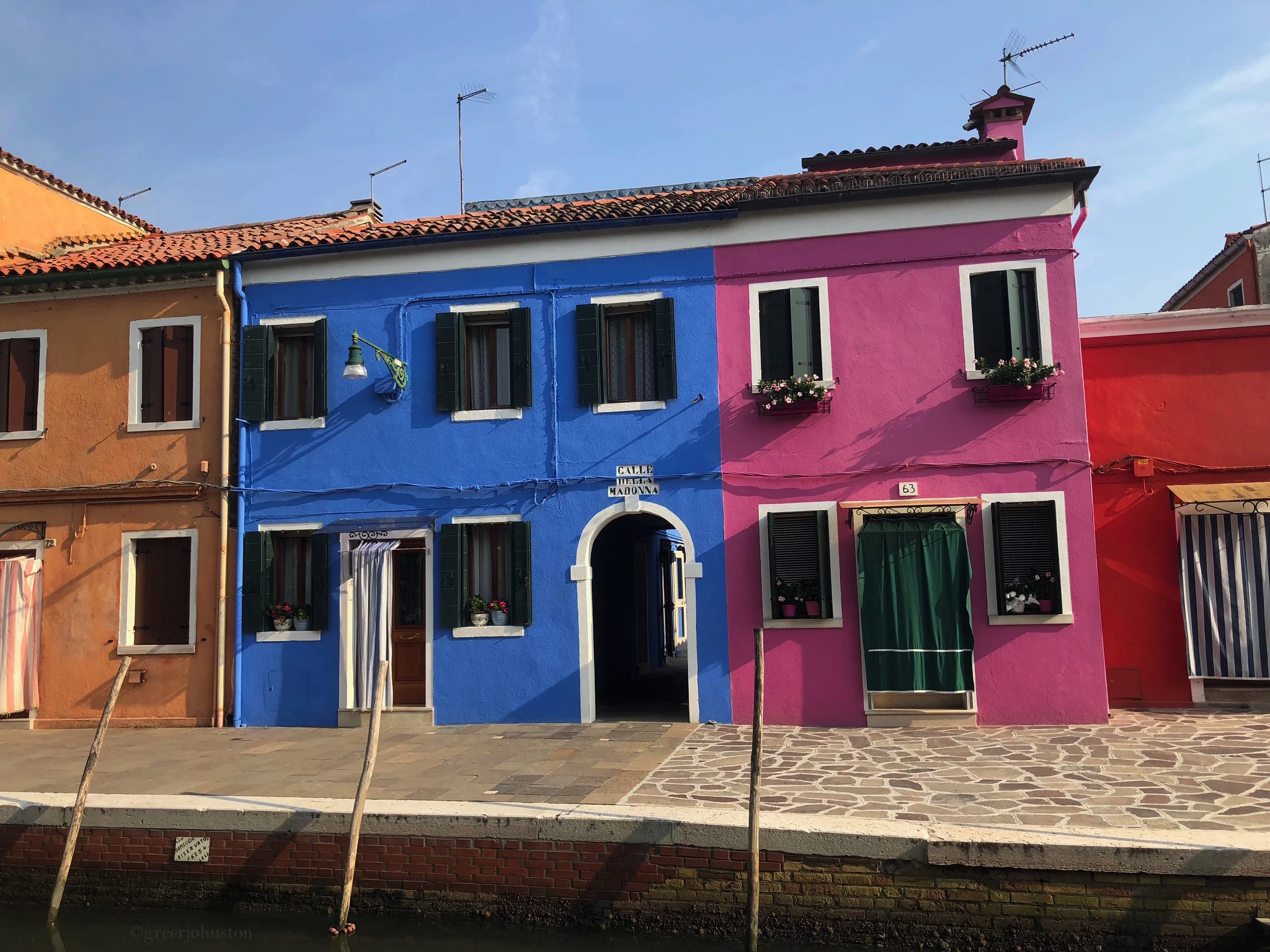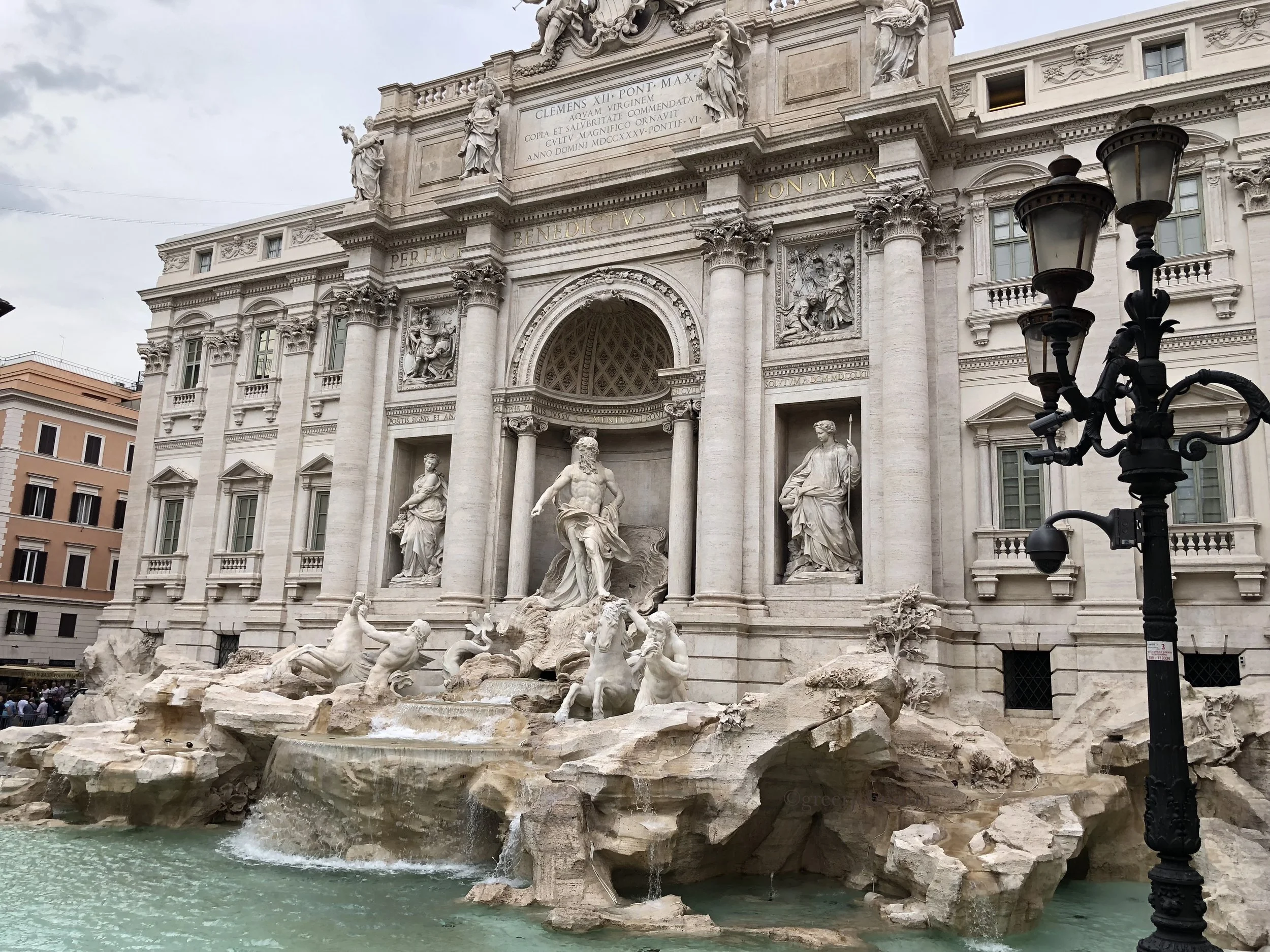Fourth time’s the charm in Venezia
I first visited Venice, the capital of the Veneto region in northeastern Italy, over twelve years ago as a young college student. Since then, I have been back twice, and I just recently visited for the fourth time. I have to say that with every visit, I have seen a different side to Venice, and with those experiences, I felt it was time to update my blog. I do have two previous posts on visiting Venice. The main article you can find here, and then there is a separate article for visiting the colorful island of Burano.
So why was it important to publish yet another article on the Floating City? Well, besides my own deeper understanding of the city and some new places I discovered, there have been many changes made recently that warrant learning about. The most notorious of which may be the introduction by the city of a pilot program charging an access fee at the main entrances to the city. Information on this can be found on the official website for the Comune di Venezia, but in essence it requires visitors who are only entering for the day to pay an access fee of 5€ ahead of time via the official channel, in which they would then obtain a QR code to be presented to officials upon entering the city. This trial program includes only certain days, usually the weekends, of April to July 2024. Guests who would be staying in Venice proper overnight would be exempt from paying the fee, but would still need to register ahead of time in the system, claiming the exemption.
Lovely Venetian views
My visit to Venice did not fall of one of the days in which the requirement was in place, and it remains to be seen what the future of this program holds. I just want to make you aware of it if you haven’t been previously.
Visiting Venice on a Friday in June, there were of course still several thousand tourists walking around with us. Desending from the train station Venezia Santa Lucia, we all headed off in our own directions. Having already visited some of the main draws such as Piazza San Marco and the Ponte Rialto, this time we set off to find Ca’ Pesaro, home to the Galleria Internazionale d’Arte Moderna, as well as the Museo d’Arte Orientale. With one ticket, currently priced at 14€, you will have entry into both these museums found in this gorgeous 17th century palazzo.
We thoroughly enjoyed making our way through the first floor, the International Gallery of Modern Art, featuring a range of works by artists such as Auguste Rodin, Antonio Donghi, and local artist Vittorio Zecchin, among others. On the second floor, there was an exhibition dedicated to the multitalented graphic designer and artist Armando Testa. Testa founded his own advertising company, working on several significant Italian advertising campaigns throughout the decades, many of which are inscribed in the Italian collective memory.
Finally, on the third floor is the Museum of Oriental Art, an impressive collection of artworks and artifacts from across Asia, including a space for temporary exhibitions. At the time, there was an exhibit called, “I hear the water dreaming,” by Li Chevalier that I found quite striking.
Post-lunch treat at Majer
After, we headed back toward Campo San Giacomo da l’Orio where, en route to the museum, we had passed by a window full of focaccia and pizza. It turned out to be one of the locations of Majer, a local franchise that has everything from breakfast to lunch, aperativo, and dessert. We enjoyed some pizza while people watching. Next door, there was a line out into the piazza for Gelato di Natura, another local chain. Although I was tempted to see what they were all waiting for, I already had my eye on a fruit tart at Majer, which I enjoyed with an after lunch caffè.
At that point, we decided to head back toward the train station, but I had one more thing I had to do before I left Venice, again. After all this time, I still had never ridden in a Venetian gondola. The gondoliers are posted at various spots throughout the city, waiting for interested tourists to approach. And there happened to be one having a friendly chat with a local just as we were crossing the Ponte de la Bergama from Campo Santo. We continued to walk on but something told me this was the moment to finally realize a dream I have had since before I ever visited Venice. So we turned back, me almost running out of fear that he had already taken on other customers. But there he was, and off we went.
To be a gondolier is a regulated professional activity, and therefore the price is determined by the city. At the time, the cost of a half-hour ride in the daytime was 90€, which increases to 110€ after sunset. Our ride was at a perfect time just before dusk, with a cool breeze. We first headed out into the Grand Canal, where our gondolier pointed out several sites including the impressive Chiesa dei Santi Geremia e Lucia, which houses the remains of Santa Lucia, a saint from the Sicilian city of Siracusa.
The stunning Chiesa dei Santi Geremia e Lucia, as seen from the gondola
He also explained to us many interesting facts about Venice, such as that boats are the main form of transportation, for everything. That means that there are the public boats for transportation, but also water taxis as well as private vehicles. We even passed by a “garage” to someones home, where they can dock their boat under their home and close a gate behind them (see The Italian Job for an exmaple of this). He also explained how boats operate as ambulances, for the fire brigade, and even as hearses. Everything.
The view from the gondola - a truly unique experience
We then turned down into some smaller canals, where we enjoyed a laid back and quiet ride. It was a unique experience in the long black boat, gliding under the bridges, which often the gondolier must duck down under. On the smaller canals, the “traffic” drives on the left side of the “road,” and we passed by several others who were also out to enjoy the day. It is quite amusing to see the “one-way” signs on canals. Venice feels like another world entirely. And if you can use your imagination, it can sometimes feel like you are being transported back in time.
All of this brings me to one of the lessons I have learned about visiting Venice through the years. There are an infinite and ever changing plethora of places to discover here: museums, galleries, restaurants, exhibitions, and experiences. You could live here and everyday visit somewhere new. So if you are only here for one day, or even for a few of them, I think it helps to have your priorities straight. To plan on one or two main activities that you really want to do, places that you would like to visit. This will help to make sure that you don’t try to plan too much, and end up being overwhelmed. Because Venice requires some patience. There are no cars, or buses. If you need to cross the water where there is no bridge, you will have to wait for the gondola that takes you across the way, or the public waterbus. If you are walking, you may inevitably get lost, or turned around. While you can try to follow the map, it may not always be precise with your location. And to be completely honest, it can be nice to get a little lost admiring the unique historic character of Venice’s small streets instead of having your nose buried in your phone, oblivious to the charm, history, and pure uniqueness of the place you currently are. And while you are on your way from point A to point B, you will probably find a cute place to shop, or sit and have a coffee. I think it helps to have a plan, and to leave some room for spontaneity.
Venetian waterway, with the Grand Canal in the distance
While I always advocate for a balance between planning and spontaneity, when visiting a city like Venice, it is sometimes necessary to really plan ahead. With the sheer number of visitors, especially in the summer, I would check ahead of time for certain activities, restaurants, or transportation that may need to be booked in advance. I have not used it myself, but another resource to look into could be the VeneziaUnica City Pass issued by the city of Venice (make sure you are on the official site). It could be that buying a transportation or museum pass could fit your specific needs.
Note: The header image features the Grand Canal as seen from the gondola.

